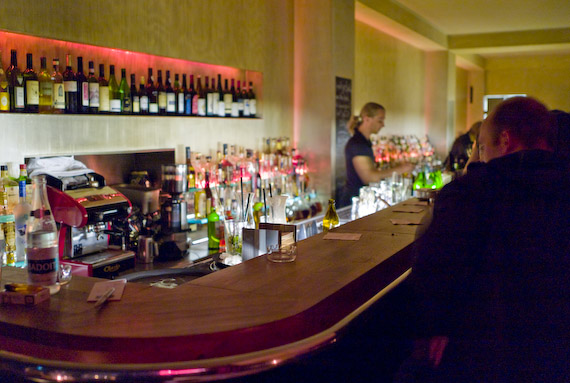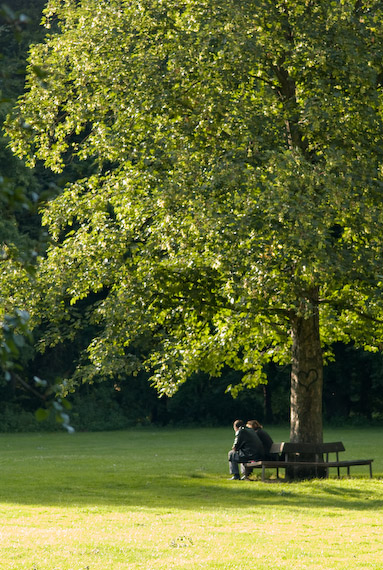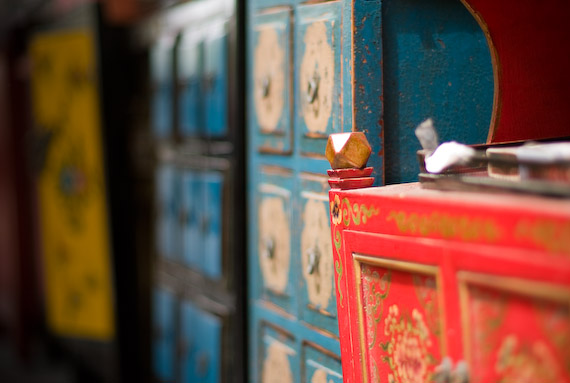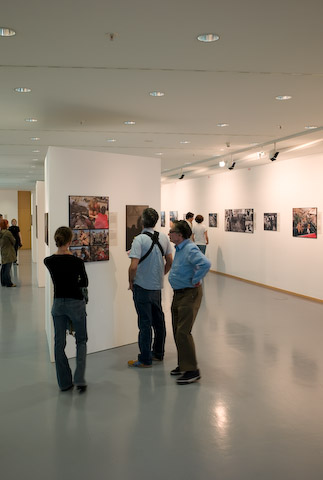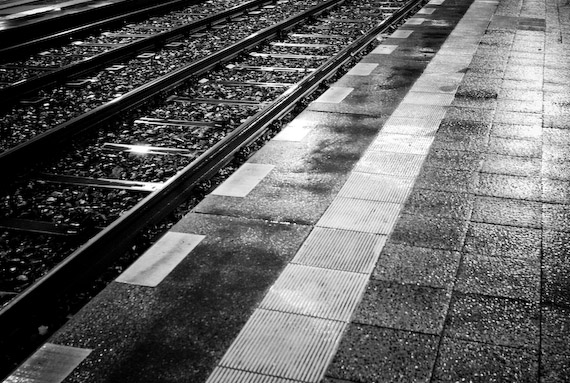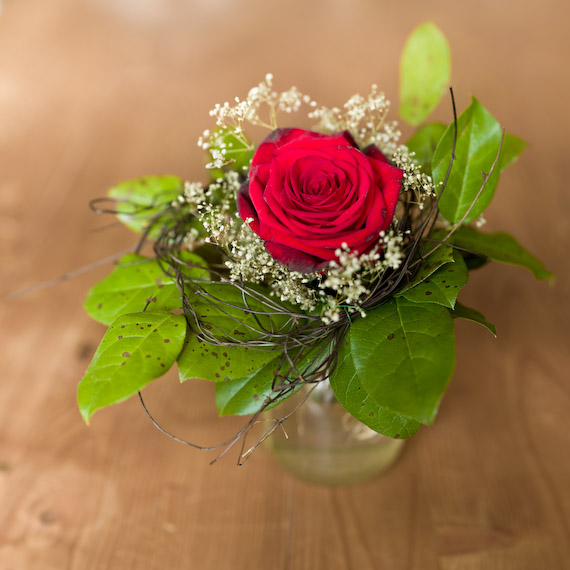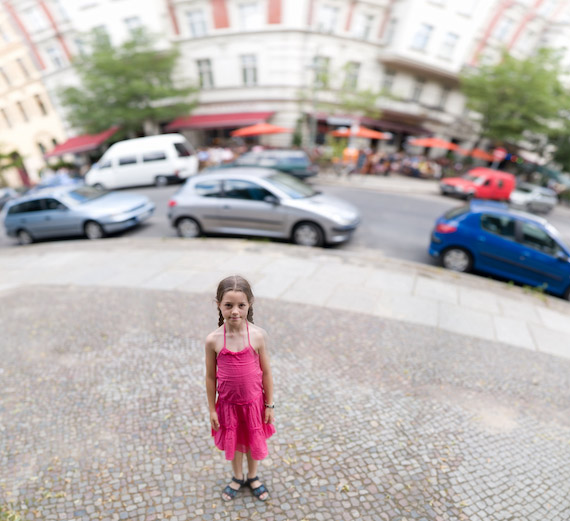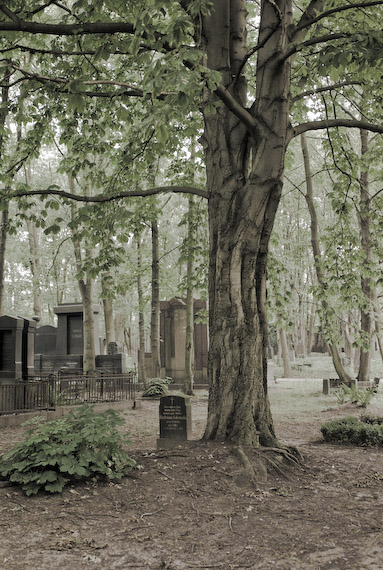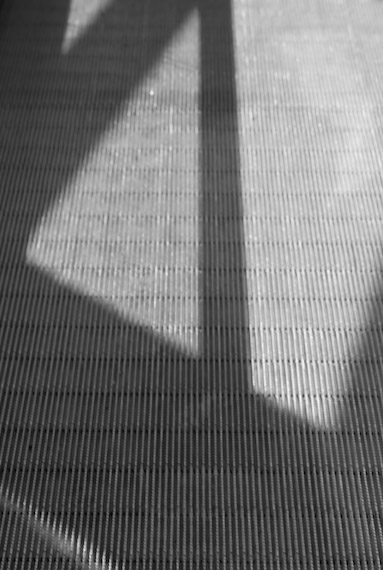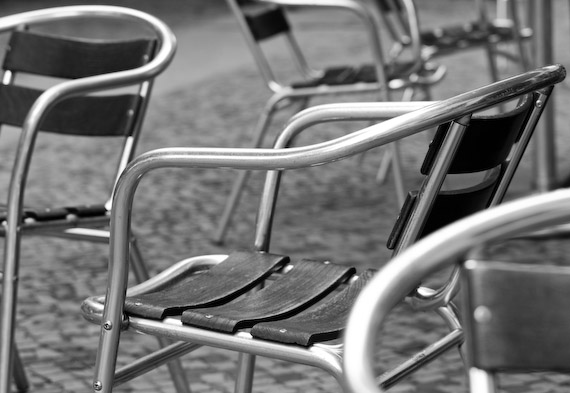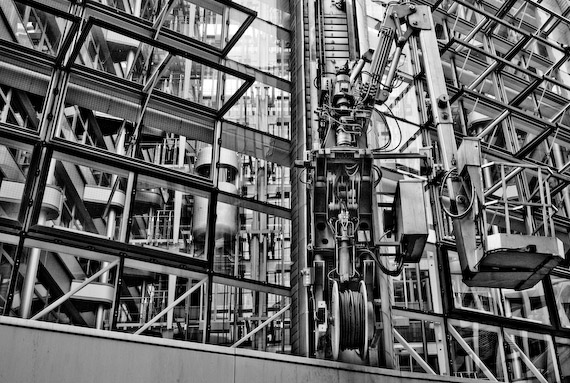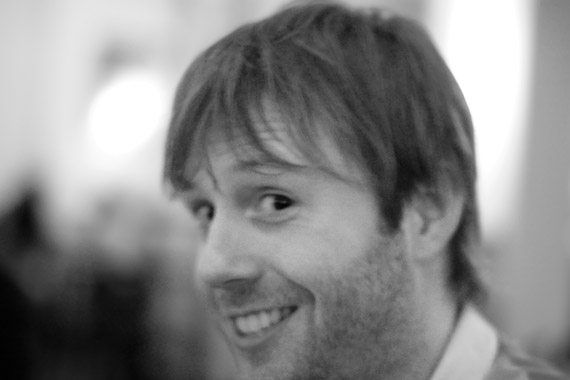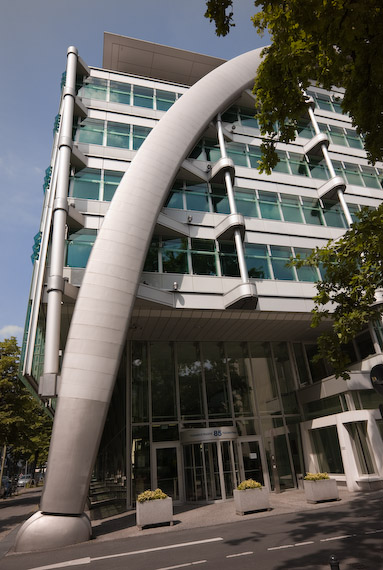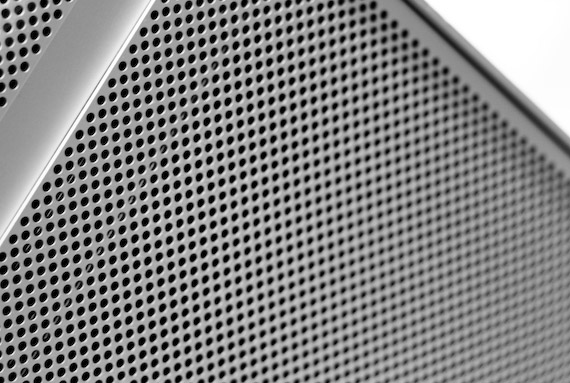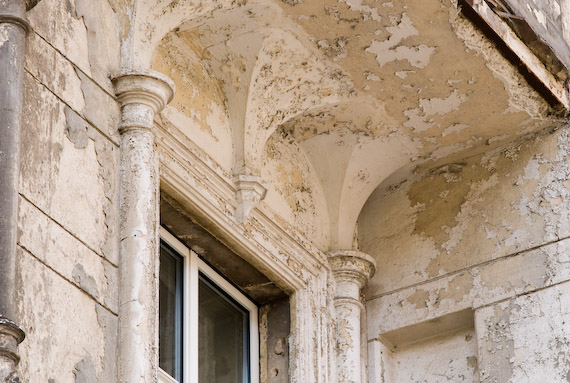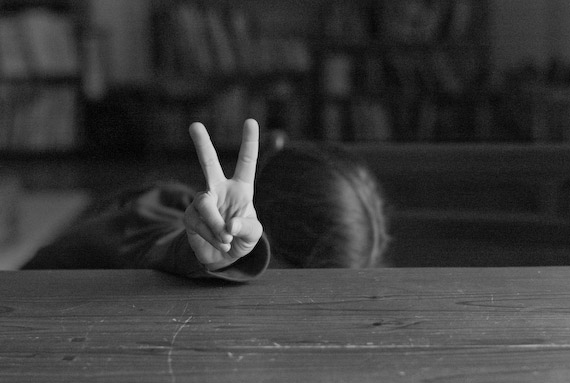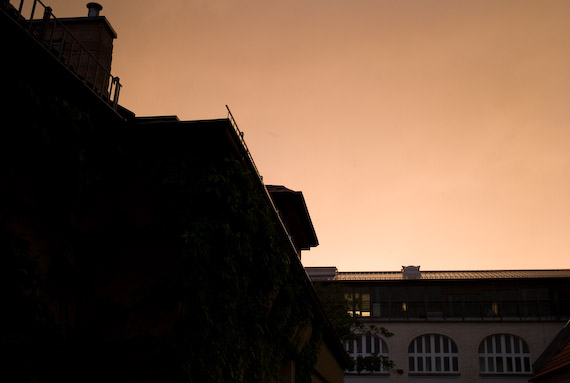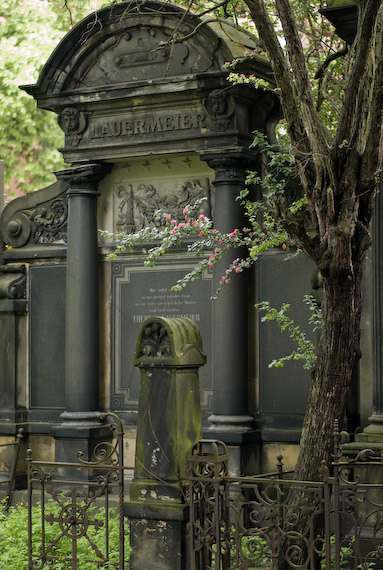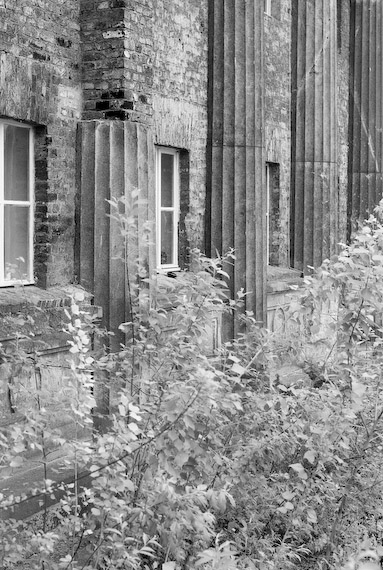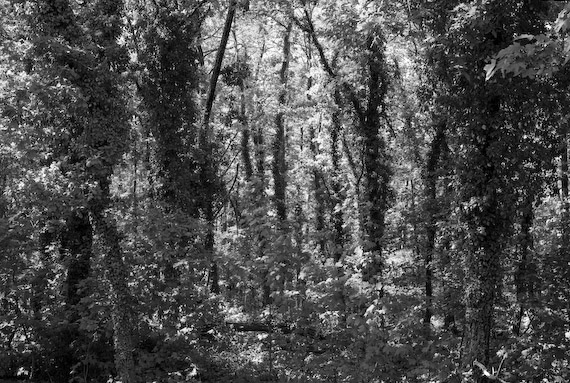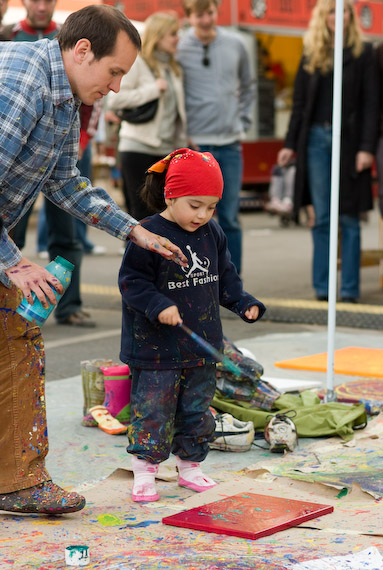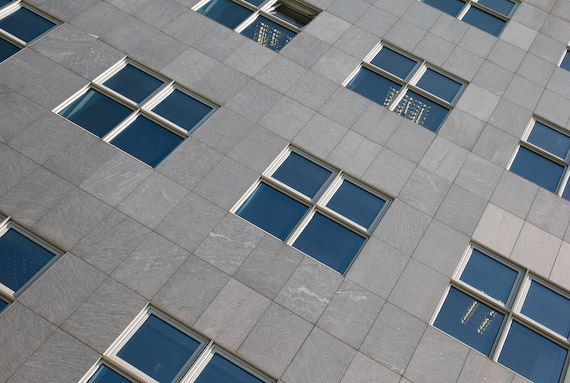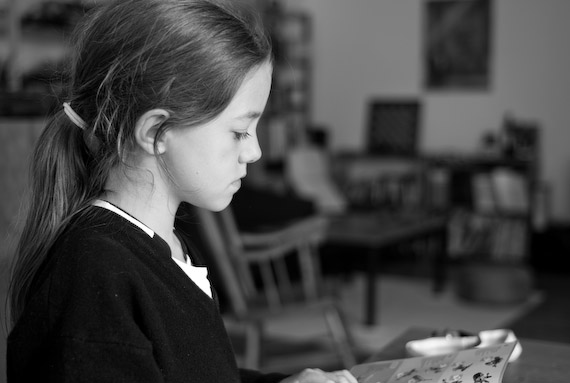sat19may [
prev |
next ]

Today's photo, from Volkspark Friedrichshain. I played with almost every slider in Lightroom, but the significant ones are vignetting and the various colour intensities. I removed a lot of colour, and added some back. Fun. The final result looks a little like a Noctilux shot.

And now, a mini-review of the Artisan&Artist ACAM 7100 camera bag (Artisan&Artist Bags Japan), which I have just received a couple of days ago, and which I have fallen in love with. This is the same bag which used to be sold in the States and the U.K. as the "Oskar's One Day Bag" (Artisan&Artist Bags U.S.A.).
It is relatively compact, having outside and inside dimensions of W300xH200xD100 mm and W270xH160xD90 mm, respectively. It has a strap which goes from the complete one side of the bag to the complete other side of the bag, but does not run underneath. There is a generous non-slip shoulder pad built on to the strap.
It arrived very quickly (much quicker than the charge to my credit card, which has not happened yet) from Japan (I could not find it elsewhere; they speak English well, and can be contacted here: Artisan&Artist Contact Info). The price was ¥18900, plus ¥3250 for shipping to Germany. This all works out to be about €135, which is quite a deal, considering the quality of the construction and materials. It was packaged carefully in a box, in a disposable, but nice for storage purposes, paper-cloth bag, as well as being accompanied by a full Artisan&Artist catalog of nice and interesting items. I suspect I will buy more things there in the future.
In the following images, I have substituted the Leica M8+50 Lux Asph with my M6+50 Cron DR, which is roughly the same size. The contents are as follows:
Back pocket: sometimes a small book, but not today.
Front flap pocket: map and lens cleaning tissue.
Front pocket 1: 1.25x loupe, angle finder, extra battery, macro adapter in bag.
Front pocket 2: cellphone, ballhead, 75 Lux shade
Inside net pocket: pens, pencil, 2mm Allen key (!), keys
Main pocket, in front of padding: Moleskine, passport
Main pocket, side of padding: Leica table top tripod
Main pocket, back of padding: magazine
Main pocket, inside padding: M8+50 Lux Asph, CV15+75 Lux, 35/2A+90/4M.


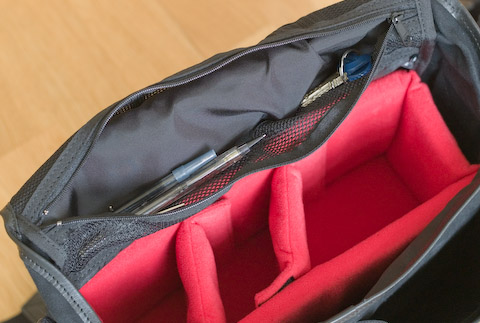


I stack the lenses back-to-back, ie. with the back covers touching. These seem tougher and I don't care if they get a little scratched. I have placed the inside dividers on a slight angle to make the bag less thick front-to-back and to make the wells hug the lenses tighter, so that one cannot slide past the other and damage it. There is a clasped strap sitting between the front pockets which can be clasped to the hasp by the inside net pocket. This keeps the bag from flopping into a "fatter" shape, front-to-back, which I appreciate. The bag is very full, but not bursting, with the contents I have. I don't know what I will do when my WATE and 28 Cron arrive, but I will think of something I am sure. Probably I will leave the 75 Lux at home, or maybe carry a lens in a jacket pocket.
I highly recommend the bag. My only change so far would be to make it perhaps 2cm longer to hold larger magazines, to make the padding perhaps 1-2cm taller to better hold two lenses like the 75 Lux/CV15 combo, and to add one external side-pocket for the tripod, but really, these are tiny niggles.
[Update 080901: I have updated the links to the Japanese site, since the old ones had stopped working. I am also ordering an ACAM-7000, since the 7100 is too small to hold the camera, lenses, and my new MacBook Air laptop at the same time. I will add a review when it arrives, and place a link here.]
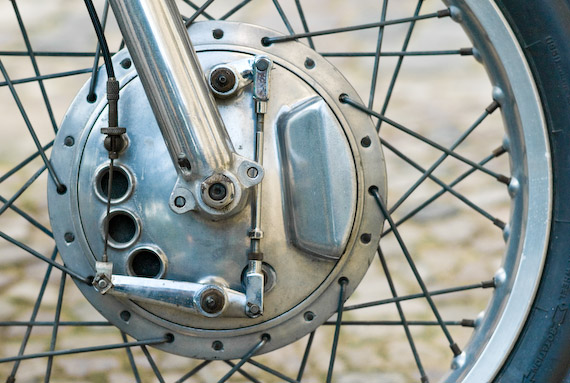
![]()
